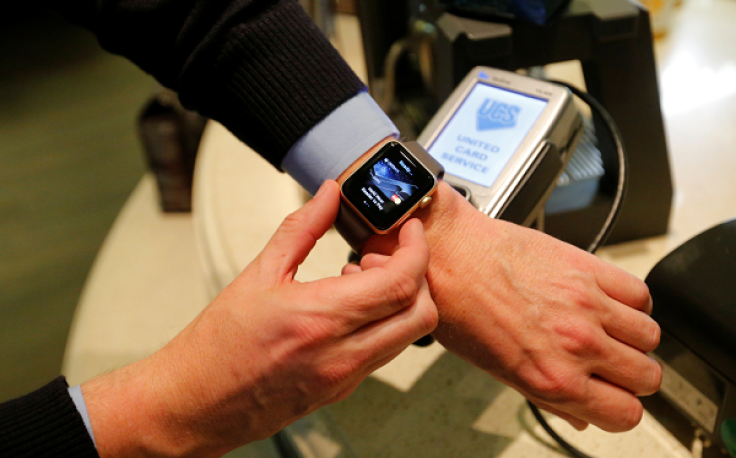New Wearable Fabric Can Store Data Without Using Electricity, Internet

A new technology may make your clothes part of the internet of things (IoT) network. However, unlike other IoT devices, these smart fabrics aren’t dependent on electricity.
Instead, these fabrics use a special kind of conductive thread, which can function without any added electronics. Simply put, while these clothes can serve as data storage, they can also be washed, dried and ironed like regular clothes.
A team from the University of Washington has created a smart fabric, which can use the magnetic properties of conductive thread. Such smart fabrics can store a lot of information including 2D images. The data stored in such fabrics can be read by regular smartphones, using the device’s inbuilt magnetometer.
It works by putting in a binary code on the conductive thread using magnets. This code can then be easily decoded using a standard magnetometer, which is there in most smartphones. This lets the cloth store different kinds of data, which can be read by a smartphone using an app.
The clothes can even communicate with a smartphone despite aberrations such as non-magnetized clothing — if a smartphone is inside a pocket and comes in contact with gloves containing conductive thread even from inside the pocket.
In the tests run by the researchers, the fabric survived in tests including running the cloth through the washing machine. In their tests, the researchers found that even though the fabric get demagnetized by 28-36 percent, but it soon gets remagnetized from the surrounding environment.
Furthermore, these fabrics can be stitched into different clothing items, like gloves and used for gesture-based commands. According to the researchers, the conductive thread can also be used in necklaces, ties, wristbands, and belts.
The fact that this thread can also store 2D images and such data also entails that it can be used for authentication. While authentication technology in smartphones has moved from fingerprint authentication to face recognition, the next technology in line might be authentication using wearable fabrics.
As the video shows, the fabrics can work much like NFC (Near-field communication) technology works between devices. The researchers even put a bunch of magnetometers together and unlocked a door using their interpretation of data on a shirt having conductive fabric.
This technology holds many possibilities even beyond authentication since it uses coding and data interpretation but is not dependent on the internet or even electricity for this. The fact that data can be stored and interpreted using threads, means that the cost of such technology can easily be lowered and many systems as smart home security can become more affordable. It also entails that data storage can be used in multiple ways not just on memory cards, which are increasingly vulnerable to hacking.
However, the technology is currently in a nascent stage and yet to be commercially adapted.
© Copyright IBTimes 2024. All rights reserved.











